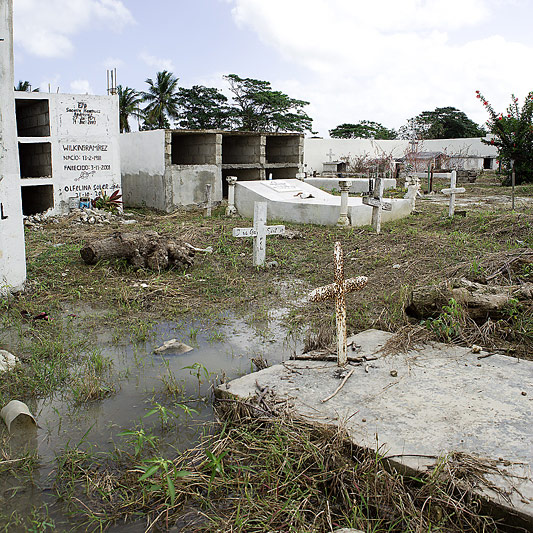MONDAY, Aug. 15, 2016 (HealthDay News) — As much of the Northeast struggles with a heat wave that isn’t expected to ease until the middle of this week, here are some expert tips on how to spot heat stroke.
First off, older people are at added risk for heat stroke and other heat-related illnesses, according to the U.S. National Institute on Aging.
This is particularly true for those with chronic health issues, the agency cautions.
Heat fatigue, heat-related dizziness, heat cramps, heat exhaustion and heat stroke are all forms of hyperthermia. The condition occurs when the body is overwhelmed by heat and is unable to control its temperature, the NIA explains.
Those who lack access to air conditioning or transportation, who can’t move around, wear too much clothing or visit crowded places may be more vulnerable, the agency notes.
Other factors that increase hyperthermia risk include:
- Dehydration,
- Poor blood circulation,
- Less sweat production due to aging,
- Use of multiple medications,
- High blood pressure or other health conditions that require a reduced-salt diet,
- Heart, lung and kidney diseases, or other conditions that cause general weakness or fever,
- Being very overweight or underweight,
- Drinking alcohol.
When temperatures, air pollution and humidity spike, older people with chronic health issues like heart disease and diabetes should stay indoors, the NIA advises. Those who don’t have air conditioning should go to a mall, senior center, library or other cool location.
Heat-related illnesses require immediate medical attention. The NIA says it’s essential to recognize the warning signs, including:
- Fever (generally above 104 degrees Fahrenheit),
- Confusion or combativeness,
- Strong, rapid pulse,
- Dry, flushed skin,
- Lack of sweating,
- Feeling faint,
- Staggering,
- Coma.
Anyone who may be suffering from a heat-related illness should be taken to a shady or air-conditioned spot and told to lie down. A cold, wet cloth should be applied to the wrists, neck, armpits and groin to help cool the blood. If the person can swallow, he or she should be given nonalcoholic fluids, like water or apple juice, according to the NIA.
More information
The U.S. Centers for Disease Control and Prevention provides more information on heat stroke.
Copyright © 2025 HealthDay. All rights reserved.

